Hookworms are a common but highly treatable parasite in cats. Hookworms attach themselves to a cat's intestine and feed off of blood. They enter a cat through ingestion or skin contact with contaminated soil or feces, and your cat may experience symptoms like diarrhea, anemia, and skin lesions. A vet will diagnose a cat by analyzing stool with a microscope and will treat the parasite using deworming medications. The prognosis is good for cats treated early and appropriately, but untreated hookworms can be fatal.
What Are Hookworms?
Hookworms are internal parasites with hooklike mouths that attach to the intestinal wall, where they feed on the cat's blood. This can cause potentially fatal internal bleeding, anemia, and blood loss in your cat. Hookworms are thread-like and less than a half-inch long, making them difficult to spot with the naked eye. Ancylostoma tubaeforme and Ancylostoma braziliense are the most common form of hookworm found in cats.
Symptoms of Hookworms in Cats
Some cats with hookworms exhibit clear symptoms, while others don't. If you notice your cat acting abnormally or feeling sick, visit your vet.
Hookworms in cats can cause a wide array of symptoms, some less specific than others. If your cat contracted hookworms by stepping on contaminated material, there may be skin irritation or lesions at the site of the worm's entry into the body. Because hookworms infect the digestive system, your cart may suffer weight loss, diarrhea, and anemia from nutritional deficiency. Your cat may also have bloody, tarry-looking stool due to internal bleeding caused by the worm.
What Causes Hookworms in Cats?
Hookworm larvae, which thrive in warm, moist climates, can enter a cat through ingestion and skin contact.
- Ingestion: Cats contract hookworms by ingesting larvae in soil and feces. When a cat grooms itself or licks the ground, it may inadvertently swallow larvae which then enters the intestinal tract and causes infection. Cats can also ingest hookworms by drinking their mother's milk or eating the carcass of an infected animal, such as a rodent or roach.
- Skin contact: Hookworms can enter a cat by burrowing into its skin, usually through its paw or belly, and settle in the lungs or throat. Once in the lungs, a cat will cough up and then swallow the worm, which will then allow it to enter the intestine. Cats can contract hookworms through skin contact while walking on contaminated soil or feces.
How Vets Diagnose Hookworms in Cats
A vet will diagnose hookworms by examining a cat's stool under a microscope and looking for eggs. This examination is performed with a procedure called fecal floatation, in which the cat's stool sample is mixed with a liquid that allows the hookworm eggs to float to the surface. Following the detection of eggs, your vet will perform a series of tests, including blood analysis and urinalysis.
How to Treat Hookworms in Cats
Your vet will usually treat your cat's hookworms by prescribing a deworming medication. Your vet may also prescribe supplements and fluids to treat any iron deficiency or dehydration caused by the worms. Overall, treatment is simple and effective.
Medications will only affect hookworms in the intestines, not migrating larvae, so you should repeat treatment to eradicate them as they mature. The number of treatments necessary will depend on your cat's age and health.
Prognosis for Cats With Hookworms
With swift detection and treatment, the prognosis for cats with hookworms is good. However, if a cat is not treated, the blood loss caused by the hookworms can be fatal, especially for kittens.
How to Prevent Hookworms
There isn't a vaccine for hookworms in cats, but you can take preventative measures to minimize the risk of your cat contracting the parasite. This is primarily done by practicing good sanitation, cleaning your cat's litter box often and thoroughly, using a monthly deworming pill, and mindfulness in environments where worms may be present.
Are Hookworms Contagious to Humans?
Hookworm larvae can infect people as well as cats. In humans, the hookworm larvae don't develop into adult hookworms, but migrating larvae cause skin irritation, itchiness, and inflammation. This condition is called cutaneous larva migrans (CLM). CLM appears as raised, red tracks on the skin, but symptoms will usually resolve without medical treatment. Hookworms in humans are rare and are best prevented by protecting your cat from hookworms.
- Can I get hookworms from my cat?
You can get hookworms from your cat indirectly, but not directly. You cannot contract the parasite by cuddling or kissing your cat, but you may do so by stepping on its infected feces.
Are hookworms expensive to treat?Thankfully, hookworms are relatively inexpensive to treat. Many dewormers are affordable and over-the-counter.
Is there a vaccine for hookworms?There is not a vaccine for hookworms, but putting your cat on a monthly dewormer and practicing good hygiene will help minimize the risk of contracting hookworms.
If you suspect your pet is sick, call your vet immediately. For health-related questions, always consult your veterinarian, as they have examined your pet, know the pet's health history, and can make the best recommendations for your pet.Related Article
 cat-reproductive-health
cat-reproductive-healthHow Long Are Cats in Heat?
On average, a female cat is in heat for four to seven days. However, her heat may last as short as
 cat-preventative-care
cat-preventative-careCat Anal Glands: What's That Smell?
Cats and many other mammals have special glands called anal glands or sacs located around their rec
 cat-preventative-care
cat-preventative-careHow to Avoid 9 Common Cat Owner Mistakes
Bringing home a new feline friend is a major decision. Even though cats have earned a reputation fo
 cat-treatments
cat-treatmentsWhat You Need to Know About Anesthesia for Your Cat
Many pet owner's are fearful of anesthesia. Anesthesia, defined as a "loss of feeling or sensa
 cat-diseases-and-disorders
cat-diseases-and-disordersWhy Is My Cat Throwing Up Yellow Liquid?
A cat throwing up yellow liquid may indicate several health concerns from indigestion to kidney dis
 cat-diseases-and-disorders
cat-diseases-and-disordersStruvite Crystals in Cats
Struvite crystals in cats can form bladder stones in cats, resulting in painful elimination. They c
 cat-diseases-and-disorders
cat-diseases-and-disordersNeoplasia in Cats
Neoplasia in cats is the abnormal growth of cells within the body. This condition can affect cats o
 short-haired-cat-breeds
short-haired-cat-breedsOriental Shorthair: Cat Breed Profile, Characteristics & Care
The Oriental shorthair is a svelte cat with elegant features and a coat that comes in a rainbow of
About FleaFree Feline
We are a premier digital platform committed to delivering high-quality content to our readers. Our mission is to provide accurate, reliable, and engaging information that adds value to our audience's daily lives.
Our team consists of experienced content creators and subject matter experts who uphold the highest standards of professionalism. In an era of information overload, we curate content with care, ensuring our users receive only the most relevant and trustworthy information.
Beyond just reporting facts, we focus on depth and context. Through expert analysis, comprehensive research, and clear presentation, we help our audience gain meaningful insights and make informed decisions.
We take pride in being a trusted information source for our growing community of readers. Our user-first approach means we continuously adapt to provide content that meets our audience's evolving needs and interests.
Innovation and excellence drive everything we do. We're committed to improving our platform and services to deliver the best possible experience for our users.

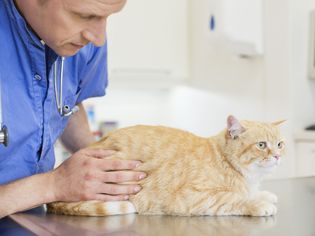



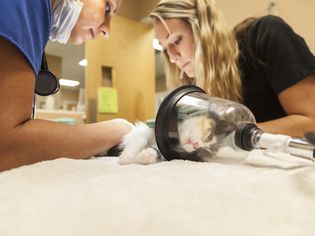
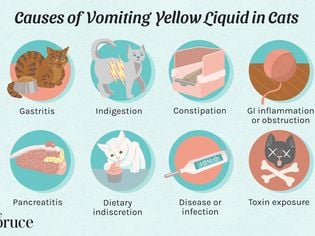
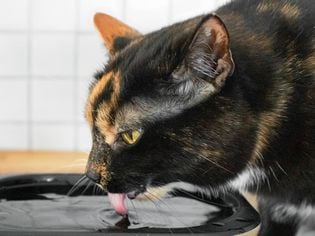

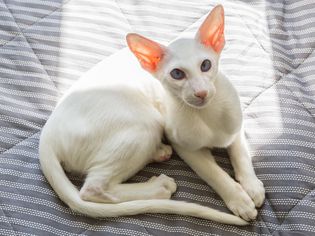
Comments on " Hookworms in Cats" :